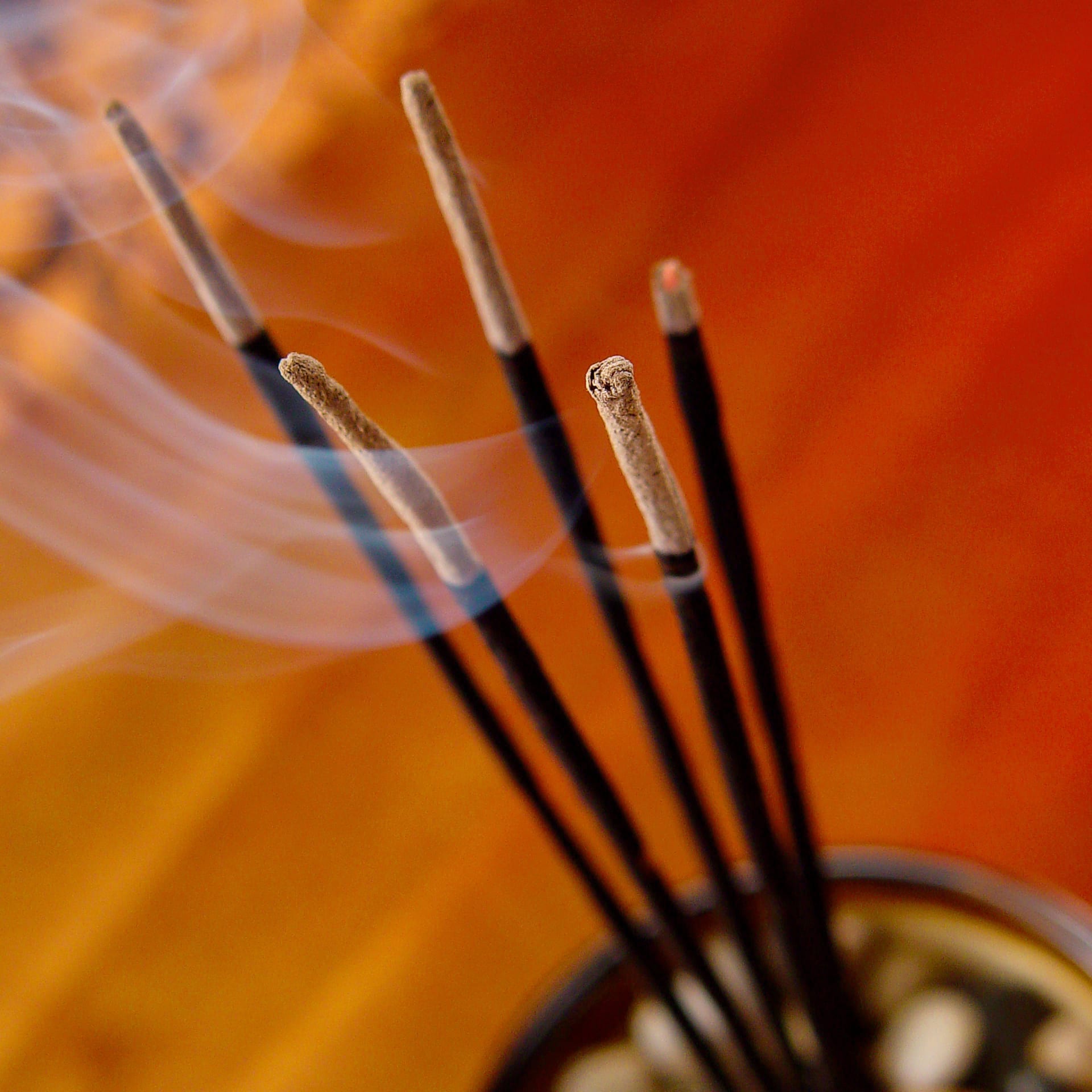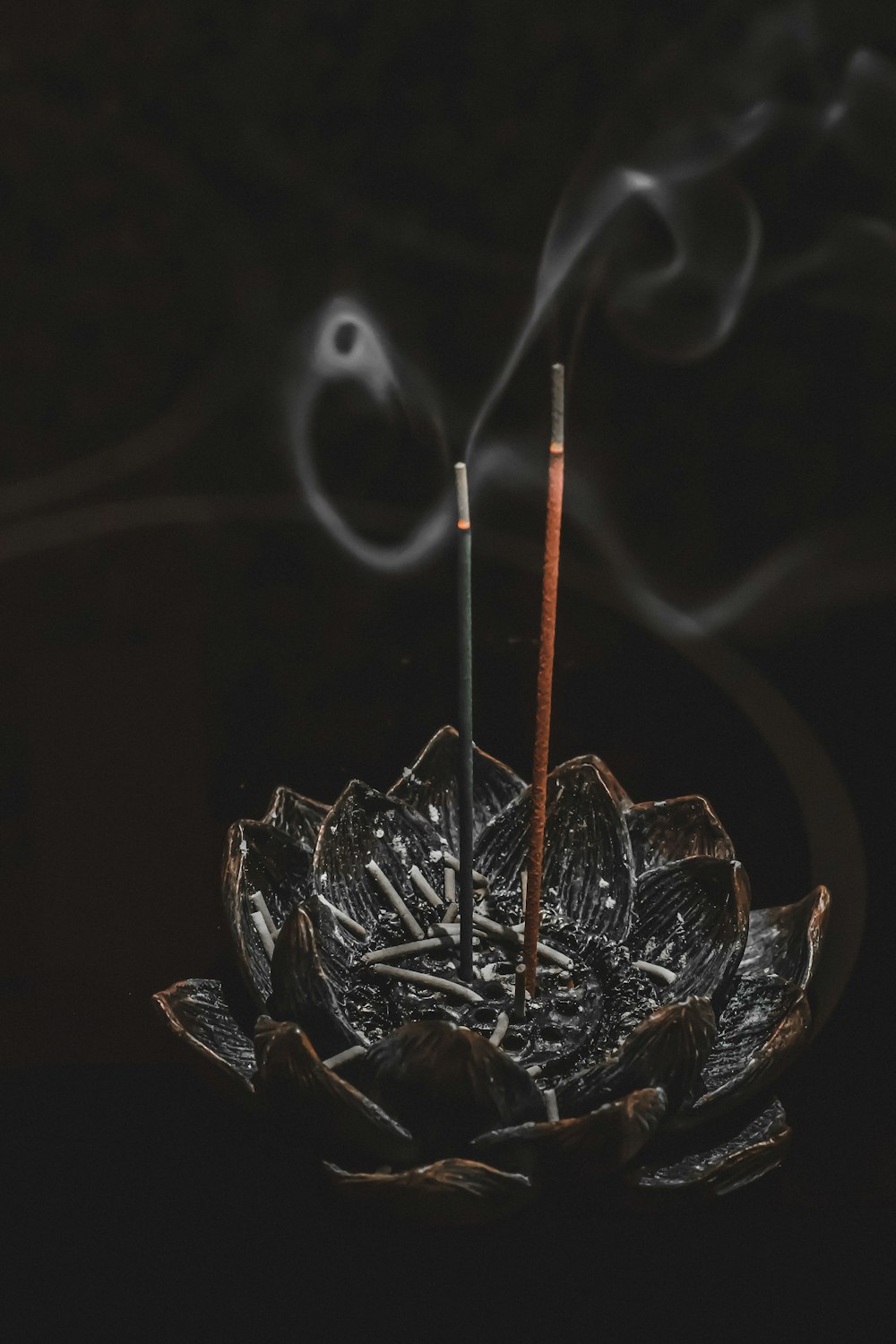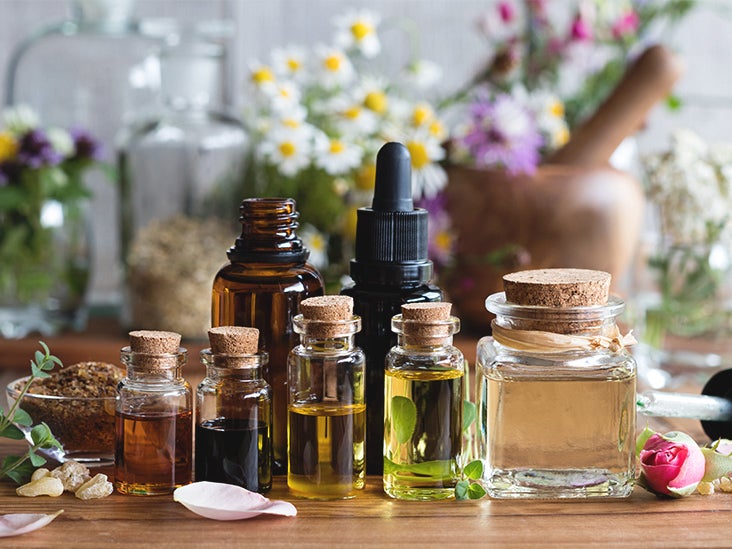
There are many facets of boho style that have been steadily gaining popularity over the past several years. One of these trends is the renewed popularity of incense. Both incense sticks and cones are making a big comeback and with consumers taking more interest in what is used to create household products, there is a great opportunity here for natural and handmade artisans. Incense sticks using essential oils in place of typical synthetic fragrances are sure to be a hit with customers who love bohemian style and natural living.
The biggest challenge and greatest opportunity for artisans are formulating an essential oil blend that will delight their customers. Scenting incense sticks using essential oils is a surprisingly simple process. Generally, earthy base notes from essential oils such as Sandalwood, Palo Santo and Patchouli make excellent starting points.
Best Essential Oils and CO2 Extracts for Incense
Bergamot – bright and cheerful citrus scent with floral notes.
Cedarwood – Deep, woody aroma associated with relaxation.
Chocolate Peppermint – a sweet mint oil with surprising notes of cocoa.
Clary Sage – green, herbaceous aroma with deep woody notes used to promote spiritual balance.
Frankincense – resin-based aroma with spicy, woody, and balsamic notes.
Grapefruit – sweet-tart citrus aroma used to encourage happiness.
Hemlock – crispy woody conifer made from needles and twigs.
Other Incense Stick Ingredients
Incense Stick Blanks

While it is possible to make incense sticks entirely from scratch, the method we are sharing in this post uses a product called incense stick blanks to make the process quick and easy.
Dipropylene Glycol (DPG)
Another main ingredient we feature in this tutorial is called dipropylene glycol (DPG). DPG is an additive used to reduce the black smoke burned by incense sticks. It also helps to evenly distribute the aromatic ingredients throughout the incense and increase the longevity of the scent.
While DPG is a synthetic ingredient, it isn’t considered particularly dangerous according to the EWG Skin Deep Database. However, if you prefer to avoid synthetic ingredients entirely, you can absolutely make stick incense without using DPG.
How to Make Incense Sticks Using Essential Oils
Create a Test Stick
Before you scent a large batch of incense sticks using essential oils, it is good to try out a smaller batch of your blend on a single stick. To make a single test stick of incense, simply apply up to 20 drops of essential oil directly to one incense stick. If you are using a blend of oils, be sure to mix them before applying them to the incense stick to help ensure they are evenly distributed.
Prep Your Essential Oils

You can use up to 4ml (about 100 drops) of essential oil per five incense sticks and a little less per stick as the volume increases.
Mix your essential oil blend according to the size batch you are making. If you are not using DPG, simply mix your blend and set it aside until the next step.
To incorporate DPG into your incense sticks, measure the appropriate amount of DPG as follows, then combine it with your essential oil blend. You’ll need between 1 and 1.5 ml of DPG per incense stick. This amount can vary a little depending on the absorbency of your blanks. We recommend starting on the low end and adding more as needed.
Saturate Your Incense Stick Blanks
Without DPG
If you are not using DPG, simply lay your incense stick blanks down on a try lined with aluminum foil. Use a dropper or sprayer to distribute the essential oil blend as evenly as you can over your blanks. Place the soaked blanks on a rack to dry for 24 hours. After that, they can be packaged in wax paper or cellophane to protect their aroma.
With DPG
If you are using DPG, insert your incense stick blanks into a shallow glass dish as small as possible while still allowing the blanks to lay flat. (Please note that DPG is not food-safe, so avoid using any container that would later be used for food or drink.) Once the sticks are set up, pour the DPG and essential oil blend into the container, covering the blanks completely. If needed, you can add extra DPG to make sure the sticks are completely covered.
Cover the container and let the sticks soak for 24 hours in a safe spot away from direct sunlight or excessive heat or cold. After they have finished soaking, remove the sticks from any leftover DPG and place them on a rack to dry for another 24 hours. After that, they can be packaged in wax paper or cellophane to protect their aroma.
Let us know in the comment section if you’re going to try to make incense sticks.











